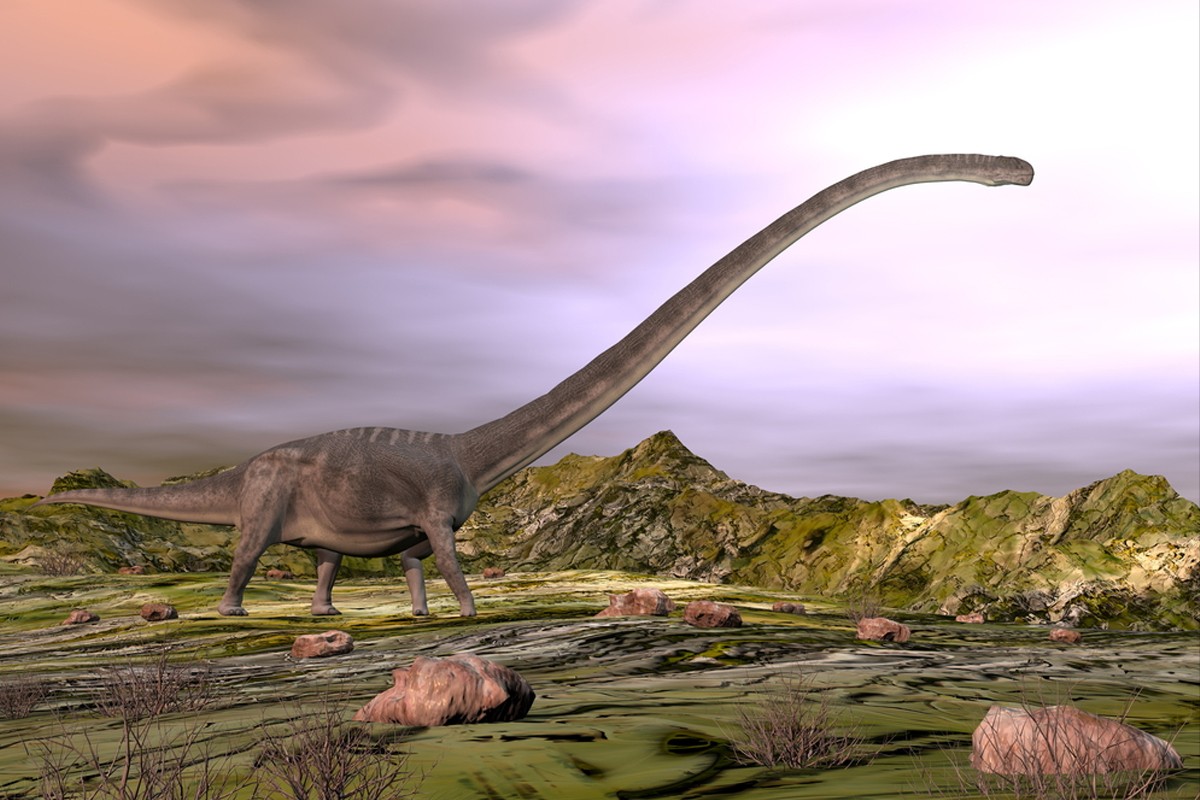Scientists have discovered fossils of three dinosaurs in northwestern China. According to a new study, they represent two new species. The results are published in Scientific Reports.
The researchers analyzed fossil fragments (vertebrae and thorax) previously found in the Turfan-Hami Basin (Xinjiang, China). They date back to the Early Cretaceous period – about 130-120 million years ago. Scientists have compared the remains with other sauropod dinosaurs from China and elsewhere. It turned out that the fossils belong to the first vertebrates found in this region. New data sheds new light on sauropods in China.
Scientists have identified one of the specimens as a new species – Silutitan sinensis. Some characteristics of the cervical vertebrae indicate that the dinosaur belongs to the family of sauropods. Known as Euhelopodidae, they were previously found only in East Asia.
The second specimen also belonged to a new species – Hamititan xinjiangensis. Scientists have found seven vertebrae from the tail. After analyzing them, the authors drew several conclusions. First, the shape and protrusions along the vertebrae suggest that the dinosaur belonged to a family of sauropods known as titanosaurs. They mainly lived in Asia and South America. Secondly, according to scientists, the length of the specimen was 17 meters. He was also a relative of Rapetosaurus and Opisthocoelicaudia.
The third specimen found is probably a somphospondylic sauropod. This group of dinosaurs lived from the Late Jurassic (160 million years ago) to the Late Cretaceous (66 million years ago).

